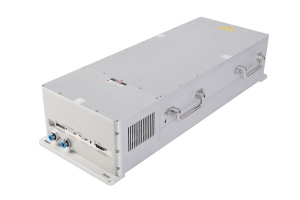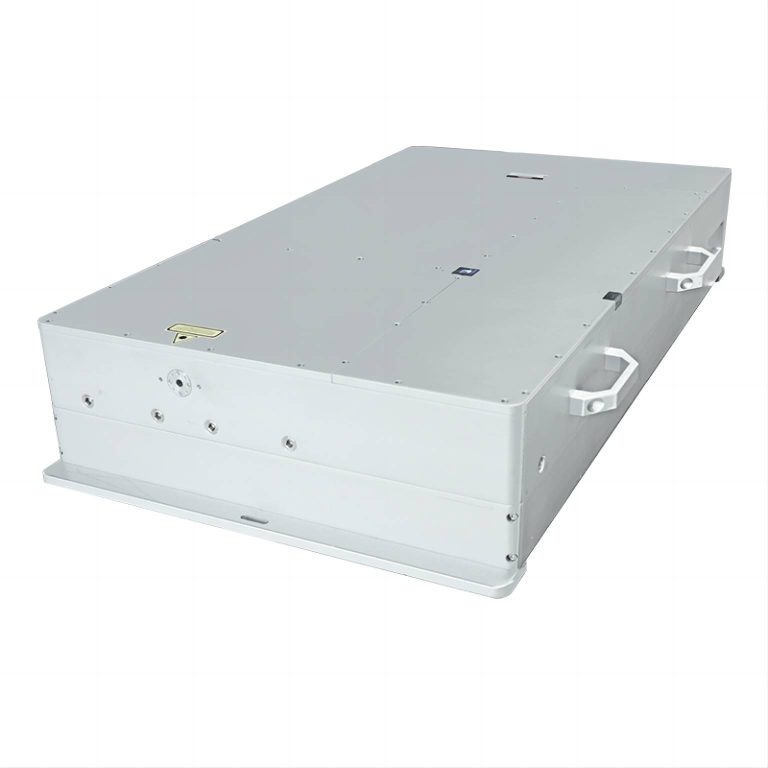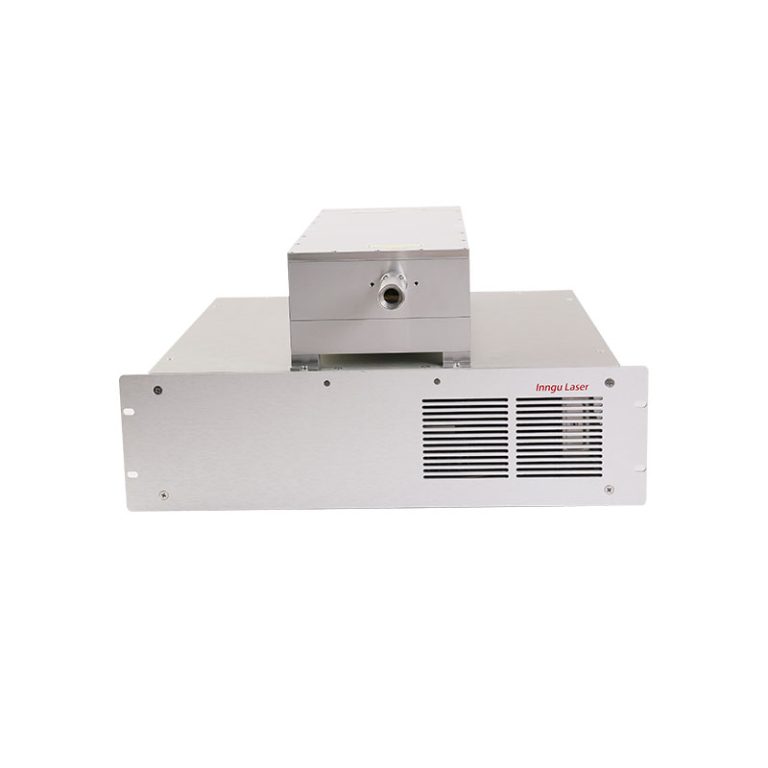Advancements in laser technology have brought about significant breakthroughs in medical and scientific realms, and UV picosecond lasers have emerged as powerful tools driving innovation in these fields. Their ultrafast pulses and precise targeting capabilities make them invaluable in various applications, ranging from medical treatments to cutting-edge scientific research.
Understanding UV Picosecond Lasers
UV picosecond lasers belong to the category of ultrafast lasers that emit ultraviolet light pulses lasting picoseconds (trillionths of a second). These lasers operate at wavelengths in the ultraviolet spectrum, typically ranging from 200 to 400 nanometers, enabling them to interact with materials and biological tissues at a molecular level with exceptional precision.
Key Characteristics and Advantages
Ultrafast Pulse Duration
UV picosecond lasers operate with pulse durations in the picosecond range (1 picosecond = 10^-12 seconds), delivering extremely brief bursts of energy. The ultrafast pulses allow for highly precise material interaction and manipulation at the molecular level. This brief duration confines energy deposition to a small region, minimizing heat diffusion to surrounding areas.
High Precision and Minimal Thermal Damage
The ultrashort pulse duration of UV picosecond lasers translates into exceptional precision during material processing. These lasers can create ultra-fine features with resolutions in the micrometer and even nanometer scales. Moreover, the minimal thermal effects mitigate collateral damage to neighboring materials, ensuring precise and clean processing, ideal for delicate materials and biological tissues.
Versatility in Material Interaction
UV picosecond lasers exhibit versatile material interaction capabilities across a wide spectrum of materials. They enable various applications such as micromachining, surface structuring, ablation, and material modification. This versatility extends to a range of materials, including metals, semiconductors, polymers, ceramics, and biological tissues.
Nonlinear Optical Effects
In addition to precise material removal and modification, UV picosecond lasers also harness nonlinear optical effects. These effects include multiphoton absorption and harmonic generation, enabling researchers to delve into nonlinear optics, quantum processes, and advanced spectroscopy techniques.
Enhanced Processing Control
The ultrafast nature of these lasers allows for superior processing control. Pulse shaping and modulation techniques enable researchers and practitioners to control parameters like pulse energy, repetition rate, and pulse duration. This control facilitates customized processing, optimizing the laser for specific applications.
Potential for Femtosecond Lasers
Moreover, advancements in UV picosecond laser technology have paved the way for even shorter pulse durations in the femtosecond range (1 femtosecond = 10^-15 seconds). Femtosecond lasers exhibit even higher precision and minimal thermal impact, opening up new possibilities for cutting-edge research and applications demanding extreme precision.

Medical Applications
Dermatology and Aesthetic Treatments
UV picosecond lasers have revolutionized dermatological procedures, especially tattoo and pigmentation removal. Their ability to fragment pigment particles into smaller sizes aids in more effective tattoo fading without causing extensive tissue damage.
Ophthalmology and Eye Surgery
In ophthalmology, picosecond lasers are utilized for corneal surgeries, specifically in treating certain types of cataracts and correcting refractive errors. Their precision and minimal thermal impact contribute to safer and more efficient eye surgeries.
Cancer Treatment and Surgery
Researchers are exploring the use of UV picosecond lasers in cancer treatment, primarily for precise tissue ablation and targeted tumor destruction while minimizing damage to healthy surrounding tissues.
Scientific Research Applications
Microscopy and Spectroscopy
UV picosecond lasers find applications in advanced microscopy and spectroscopy techniques, enabling high-resolution imaging and analysis of biological samples and materials at the molecular level.
Materials Science and Nanotechnology
In materials science, these lasers aid in precision machining, microfabrication, and nanostructuring of materials, contributing to the development of innovative materials with unique properties.
Quantum Science and Photonics
Scientists utilize UV picosecond lasers in quantum science experiments, photonics research, and the development of quantum computing components due to their ability to manipulate and control matter at quantum levels.
Conclusion
The innovative applications of UV picosecond lasers in medical and scientific fields underscore their pivotal role in advancing treatments, surgical procedures, and cutting-edge research. Their ability to deliver precise and controlled energy pulses opens doors to a myriad of possibilities in medical therapy, materials science, quantum research, and beyond.
As research and technology continue to evolve, the ongoing exploration and development of UV picosecond lasers promise groundbreaking advancements, fostering new discoveries and reshaping the landscape of medical treatments and scientific investigations.
In conclusion, the integration of UV picosecond lasers in medical and scientific applications represents a paradigm shift, offering unprecedented precision, versatility, and potential for transformative breakthroughs in these fields.


